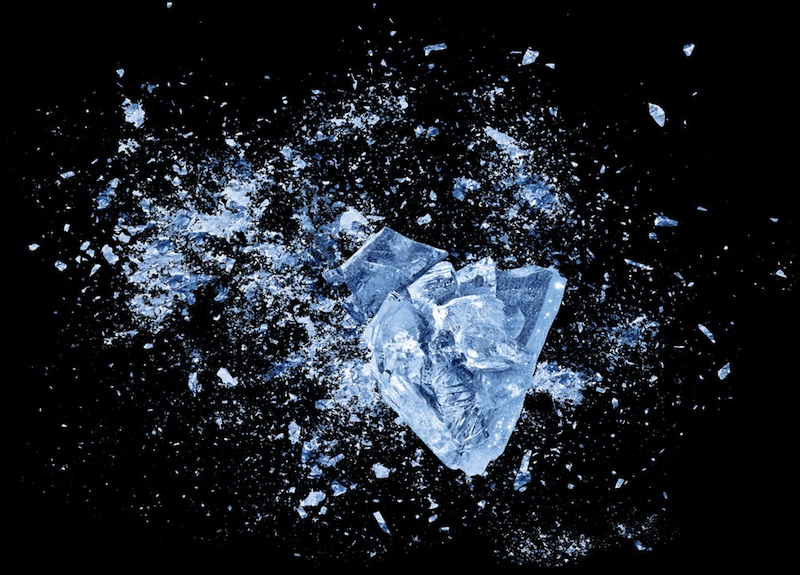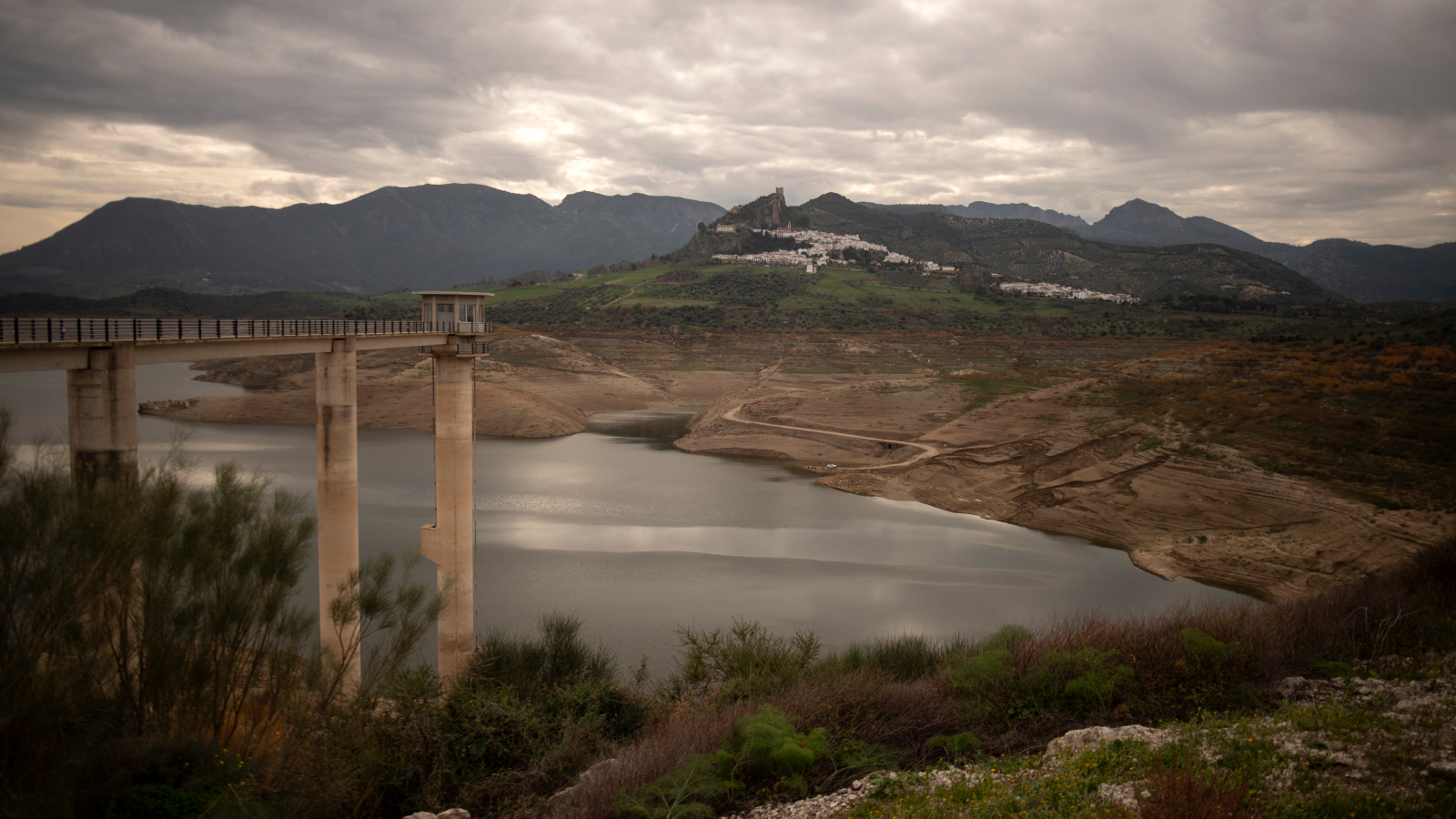Secret to Mysterious Bottle-Exploding Trick Revealed

Physicists have figured out why the bottom drops out of a filled glass bottle when it’s given just a slap on its top. The secret to the bizarre trick: bursting bubbles.
The explosive parlor trick involves pouring water into a glass bottle and then holding it while firmly hitting the top of the bottle with the other hand. Oddly, this will cause the bottom of the bottle to shatter.
To figure out why this happens, researchers took high-speed video recordings of the moments before, during and after the bottle breaks.
The video shows that striking the bottle does not instantly destroy it. Instead, the impact causes the bottle to speed downward. The part of the fluid most responsive to motions of the bottle — the liquid resting on the bottom — moves first, while the rest of the fluid moves a split-second later.
When a fluid accelerates from one area to another, it leaves a void where it was, an area of lower pressure. The differences in acceleration that different parts of the bottle experience mean that liquid at the bottom of the bottle is under less pressure than elsewhere within the bottle.
If the acceleration experienced by the bottle is great enough, the reduced pressure causes some of the water at the bottom of the bottle to vaporize. (Whether a substance is in a solid, liquid or gaseous state depends on factors such as pressure and temperature — a drop in pressure can make liquid vaporize if the temperature remains the same.) The vaporized liquid turns into bubbles, a process known as cavitation. [See Video of Bottle-Exploding Trick]
"People often see cavitation bubbles occur on propellers," said researcher Tadd Truscott, a fluid dynamicist at Brigham Young University in Provo, Utah. "The cavitation there is usually caused by the high velocity of the blades sheering through the fluid."
Get the world’s most fascinating discoveries delivered straight to your inbox.
However, since hitting the bottle accelerates it only briefly, the pressure at the bottom of the bottle quickly returns to normal. As such, the bubbles collapse. However, they mysteriously collapse about 10 times faster than they formed in the first place. These violent reactions catastrophically crack the bottom of the bottle. The water floods out afterward.
Cavitation regularly damages propellers as well. "Small bubbles on the surface of a propeller collapse just like on the root beer bottle, and they cause pitting and wear on the blade," Truscott told LiveScience. "In the early days of propellers, it wasn't uncommon to replace propeller blades on each trip across the Atlantic due to holes formed in the blades from cavitation!"
This explosive effect does not work with fizzy water that already has bubbles in it. Although slapping a bottle filled with such carbonated water causes bubbles to form, these fill up with carbon dioxide and just float away instead of collapsing at the bottom of the bottle.
These findings "may help to explain some aspects of damage caused in containers and the shipping industry," Truscott said. They may also help engineers design better glass bottles.
The scientists detailed their findings Oct. 14 in an entry at the American Physical Society Gallery of Fluid Motion competition, which starts Nov. 18 in San Diego.
Follow LiveScience on Twitter @livescience. We're also on Facebook& Google+.



